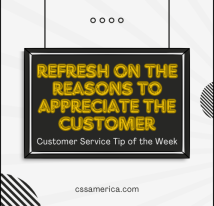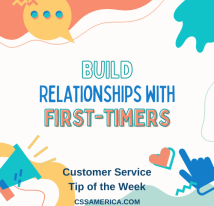
After many stories over the years of poor customer service in a big box home improvement store, here’s a positive story – it’s a story about how ideas sometimes are better than answers.
If you’ve ever been a novice gardener (which I am) somehow heading up a community garden (which I am) and seeing plants having their tops eaten off about 3 feet above ground (which is happening), you know the pain I’m feeling. The entire community garden is fenced in, so there’s only one way in – OVER the fence.
Yes, deer are jumping over our 7-foot fence like it was a 6” curb, and they’re having some glorious meals! Since I’m not any kind of expert gardener nor an expert in all things deer, I Googled my heart out only to find some less-than-appealing solutions often having to do with other animals or Irish Spring soap.
The most logical suggestion is to raise the fence.
So I went to a local big box home improvement store and wandered around somewhat aimlessly when – shock of shocks – an employee walked up to me and asked if he could help.
“I’m not even sure what I’m looking for,” I replied, “but here’s my issue.” I explained the issue and told him about my thought of how to raise the 22 posts around the garden by 3 feet using a particular type of tapered metal spike.
If he were to answer my question about whether they had such a spike, the answer would have been “No.”
Instead, he offered multiple ideas, multiple options – all were ways to raise the height with different types of materials, different ways to secure this additional 3-feet of fence to the posts. He didn’t answer a question about the spike – he offered a multitude of sound ideas to address the problem.
This is the 20th century, and many people can get an answer from the internet, so when they go to you for service – to help with a need or issue – they often need something more than an answer. They want creative ideas that lead to options and ultimately – a cost-effective quality solution.
When faced with a customer’s question, assess the question to understand the “why” of it. What they may really be seeking is your idea, your creativity, your solution. These are the times when your “No” won’t help them, but your consultative support will.
Know when a customer wants an idea, not just an answer.
Signup for FREE Tips! Contact Us More Resources for You Visit Our Home Page























